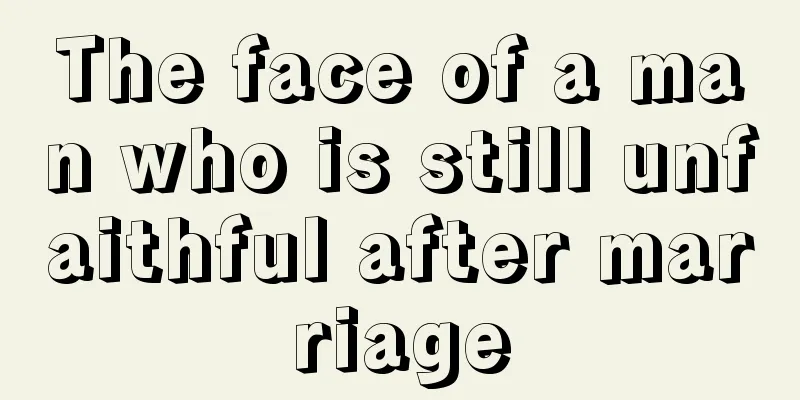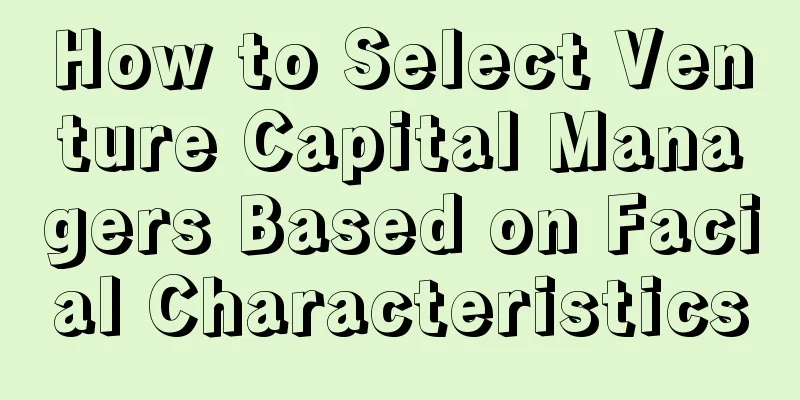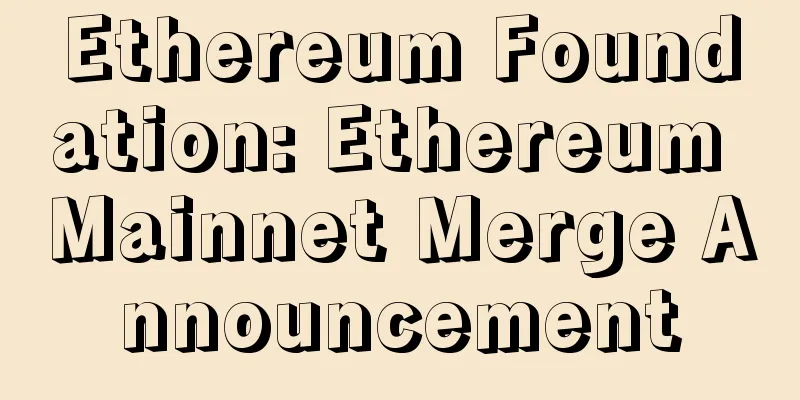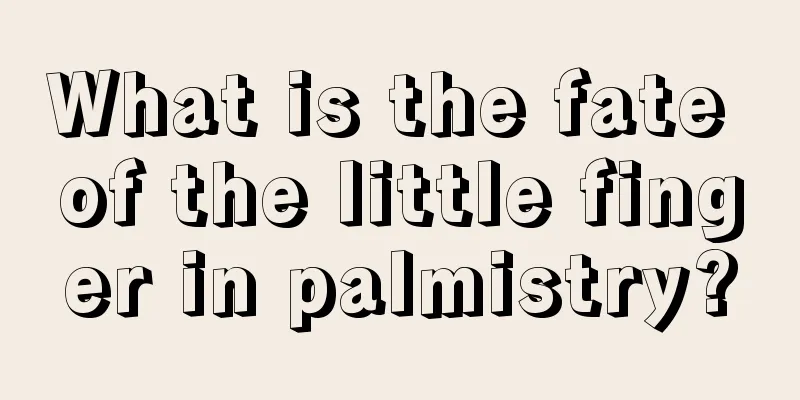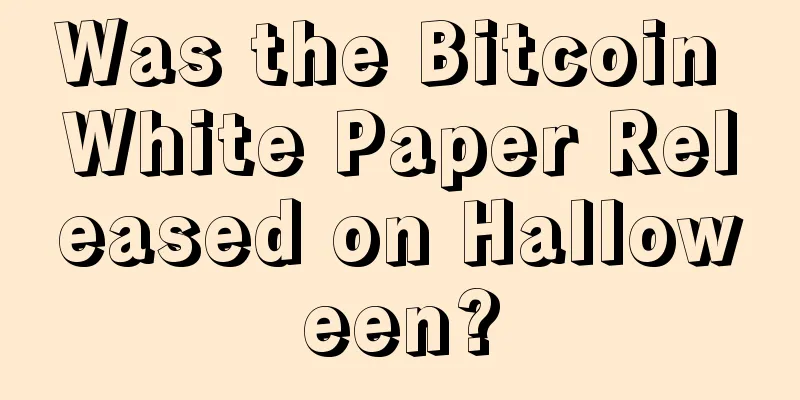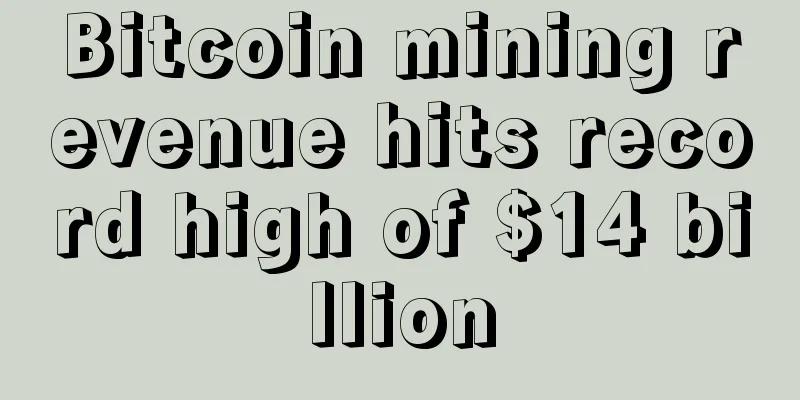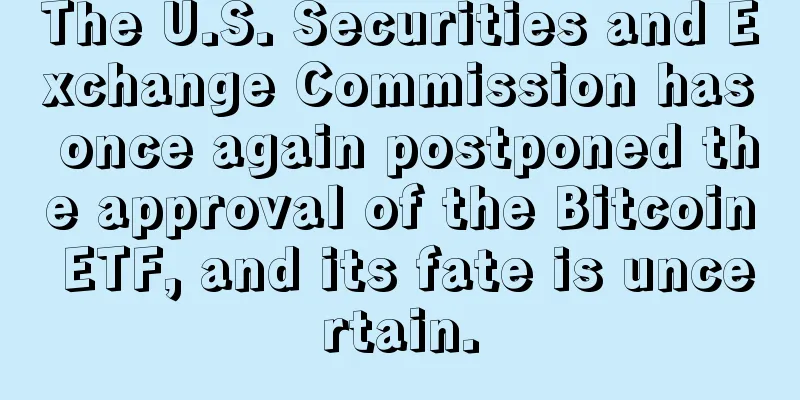Why does Ethereum also need inscriptions?
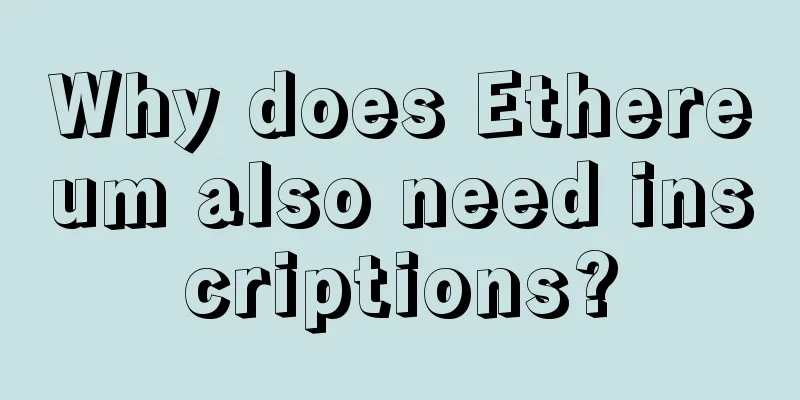
|
Ethscriptions allows the creation of unique digital markers, namely Ether inscriptions (ERC-20), on the Ethereum mainnet. These Ether inscriptions (ERC-20) can not only be created, but also effectively managed and permanently stored on the Ethereum mainnet. Since its creation on June 18, 2023, it is the most popular inscription protocol on Eth with the highest market value and transaction volume, and is also the ancestor of all EVM inscriptions. Ethscriptions is to write inscriptions in the calldata of Ethereum transactions (a "comment field", which is also used to pass information to smart contracts when interacting with smart contracts.) ETHS is similar to NFT, but also different. It uses the calldata field of Ethereum transactions to store data, which is much cheaper than NFT. The project owner said that its cost is 40 times cheaper than NFT. In the design of ETHS, they store the data that needs to be stored (such as NFT) in this field. Users use tools such as hexhero to convert URI data (Uniform Resource Identifier) into hexadecimal format, then initiate a transaction on the chain and store the hexadecimal data in the calldata field, which can realize the on-chain storage of data in disguised form, and an "inscription" on the Ethereum network is born (the subsequent EVM chain inscriptions are all realized in this way). At present, the maximum file size supported by ETHS is about 90 KB, and no smart contract is required. In July, Ethereum Inscriptions introduced ESC VM, a new protocol built on Ethscriptions that gives ETHS computing capabilities, and users can interact with it through inscriptions. The contract is not a true smart contract, and ESC VM is not a true virtual machine. It provides an environment similar to EVM and executes two commands: deploy (create a new contract) and call (call the state change function of an existing contract). Because they are stored in inscriptions, they bypass the EVM execution and storage costs, so the cost is very low, but such contracts are not universal, rely on the platform's server, and are not safe. Two weeks ago, the ETHS (Ethscriptions protocol) mainnet Facet-VM was launched, and three main functions FacetSwap (transaction), FacetScan (browser) and Dumb Contracts (contract) were activated. The overall design logic of Facet-VM is to materialize ETHS, that is, the inscriptions of ETHS can be converted into tokens through FacetSwap, which is easy to trade. However, the tokens minted in Facet-VM cannot be converted into inscriptions. Facet-VM breaks away from the public chain and relies on smart contracts for on-chain activities. Facet-VM defines itself as a computing platform. By changing the interpretation of Ethereum transactions and data, the cost of using Ethereum is reduced without sacrificing its security and decentralized characteristics. Its core concept is to bypass the Ethereum smart contract and use CallDate to implement the transaction process. It is more like an assistant to Ethereum, which can calculate the execution of Ethereum contracts and get the results directly. According to actual test results, the interaction fee processed by Facet-VM (expansion network) is significantly reduced by about 10-20 times compared with the interaction fee of the Ethereum main network. Originally, every transaction on Ethereum required calling several contracts. For example, when trading tokens in Uniswap, the ERC20 token contract is called first, then the LP pool contract is called, and then the ERC20 token contract is called. Therefore, the final settlement gas fee is very high. Facet-VM stores these smart contracts on its own server, calculates them by itself, and then presents the results in the end. Therefore, the gas fee can be greatly reduced, directly killing all layer2s. However, this also has security risks, that is, the centralized server may do evil. According to the official introduction, the homogeneous token bridge on Facet-VM (expansion network) will be expanded in the future to convert back to the Ethereum inscriptions (ERC-20) on Ethscriptions. Currently, there are 42 tokens with added liquidity in FacetSwap, and the token liquidity pool is as shown in the figure below. If users want to buy FacetSwap tokens, they need to convert ETH to FETH through its official bridge before they can purchase the corresponding tokens. The transaction fee is still settled in ETH. https://facetswap.com/pools |
<<: Salute to the bulls, and wish you a Merry Crypto Christmas!
>>: What can ordinary people do in the world of encrypted digital currency?
Recommend
3.15 Heavy Exposure - List of the Top 100 MLM Coins in the Second Half of 2018
Based on previous monitoring, the Liande research...
Happy marriages for men and women
Happy marriages for men and women "I envy th...
How does the nose tell the face?
A person's marriage and fortune can be seen f...
How to tell your temperament from your cheekbones
How to tell your temperament from your cheekbones...
Live broadcast review | Grab IPFS cloud computing power at a limited time discount of 12%. The founder of CM explains in detail why FIL mining has an annualized return of 300%.
1. Event Details Capsule Mining , the world's...
What does the position of a mole mean? Where are the best places to grow a mole?
Each mole on a person's body represents a dif...
Six facial features of women who are prone to extramarital affairs
Some women find it difficult to settle down even a...
What does a broken love line mean? You will definitely get divorced.
What is love in this world? It is to make people ...
What does a person who is prosperous in middle age look like?
People will experience different things in their ...
ETC hard fork controversy settled, Coinbase opens ETC withdrawal service
ETC Development Last week, the focus of the ETC c...
The most auspicious facial features
Different people have different fortunes due to t...
Buying mining machines at the bottom - is it finally time to act?
Q: When is the best time to buy mining machines a...
What kind of face does a girl have a bad personality?
Girls with bad personalities are difficult to get...
Revealing the secrets of what kind of men are most worthy of marriage
Every woman in life hopes that she can marry a go...
Men with righteous faces can be analyzed by looking at their faces to know that these men are good
I believe that everyone likes to be with people w...
